Homemade Chai
I was amazed to learn that homemade chai tea is loaded with antibacterial, antiviral and anti-parasitic ingredients.
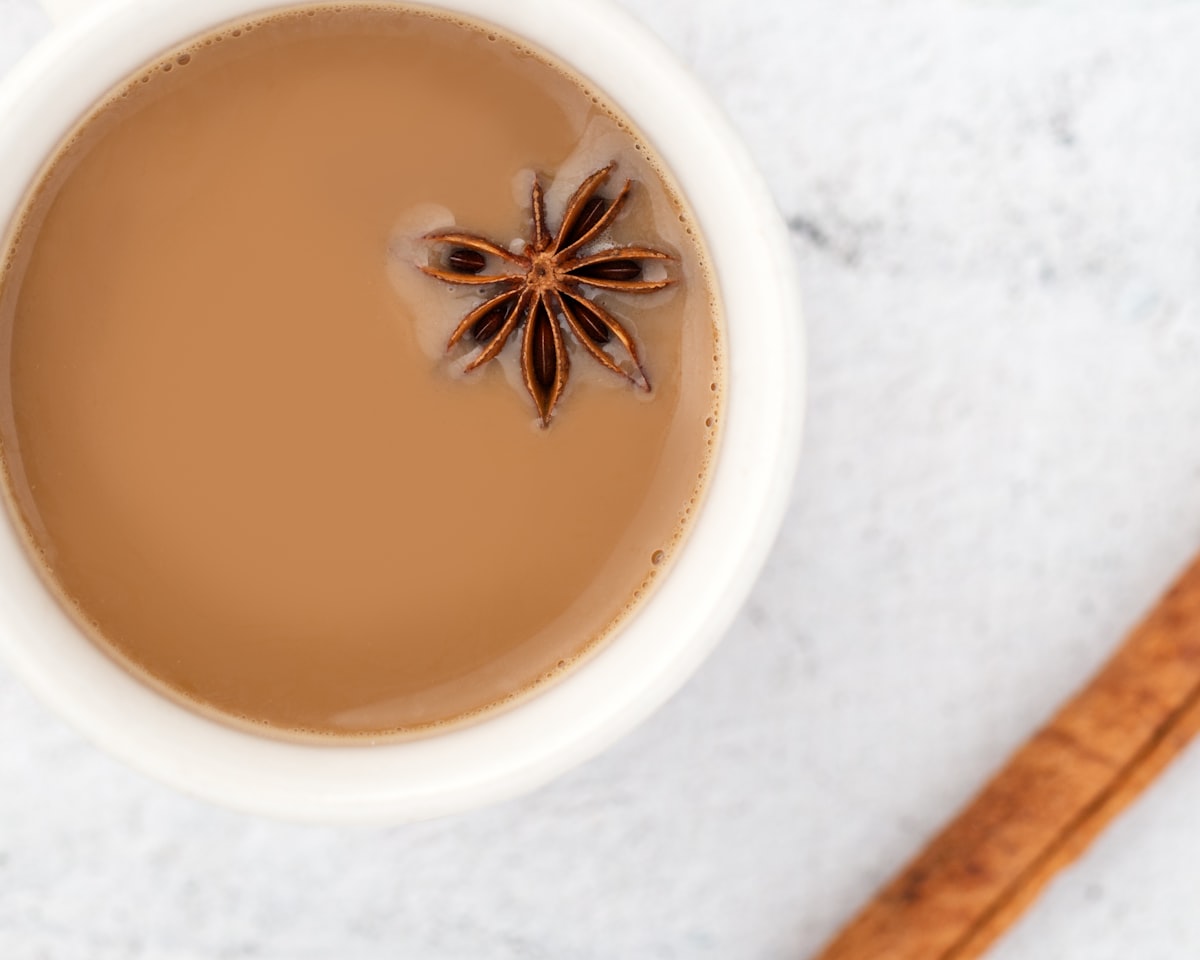
I promised you there would be recipes again. Since we don't know when the war will be over, I am going to start peppering in some of my old recipes into the mix of my posts.
We'll get through this plandemic one step at a time, and we'll have fun doing it. Eating good food, drinking excellent things, and staying healthy while we do it. And best of all, we'll do it together.
We're All Getting Jabbed
They said "Where we go one, we go all." That turned out to be prophetic. Because whether you get the jab or not, you're still taking it. Because of the shedding of parasites.
Yes, it turns out they found parasites in the vials when they looked at them under microscopes. You can find out more about this by searching on DuckDuckGo, Bitchute and Rumble.
Which explains why people are shedding. I saw one post with a guy saying shedding isn't happening because it's not a live virus but guess what, genius, people shed parasites very easily.
Read more about this in my post, Are the Parasites in the Vaccines Causing Heart Disease?
Food Is Medicine
So this will be the first in a series of recipe posts for dishes that I am currently making that specifically help to fight the shedding of the "spike protein" and the parasites.
In fact, I will make a post with a list of all the different anti-parasite and healing recipes I'll be making including Thai coconut soup (Tom Kha Gai), homemade bitter aperitifs like Campari and Pastis, as well as homemade vermouth and tonic.
I will also write a longer post about all these different herbs and spices that fight parasites. More to come about how to detox metals as well.
Note: For the graphene oxide, see my post about How to Make Silica Water. From what I have read the graphene oxide is made from aluminum, so while I don't have any proof yet, drinking silica water should help remove it from the body. We need to ask Dr. Chistopher Exley to test it in his laboratory.
UPDATED: Also, see my posts on "pool water" AKA chlorine dioxide solution. It removes heavy metals and parasites from the body.
But let's get on to the chai, shall we?
Why Make Homemade Chai?
I love chai, and I’ve enjoyed wonderful chai tea in Indian restaurants. But drinking chai at home from boxed tea has always been a huge disappointment.
Now I know why. Homemade chai made with fresh whole spices makes those chai teabags you buy in the store taste like wet cardboard.
I was amazed to learn that homemade chai is loaded with antibacterial, antiviral and anti-parasitic ingredients.
Instead of spending a hundred dollars per week on ivermectin pills, or going to the tractor supply to get horse paste (Ha! That's what I did) to stay healthy, just drink a cup of this chai every day.

I always make my daughter a thermos of hot tea and bring it to her when I pick her up from school. I'm going to start making this chai for her instead of plain black tea with milk and sugar.

Benefits of Star Anise
Did you know drinking homemade chai can help you prevent colds, flu, and other viral infections (ahem, I won't say the word)?
According to Healthline:
Star anise contains shikimic acid, which has strong antiviral capabilities. Shikimic acid is one of the main active ingredients in Tamiflu, a popular medication for the treatment of influenza. Currently, star anise is the primary source of shikimic acid used for pharmaceutical product development. (Source)
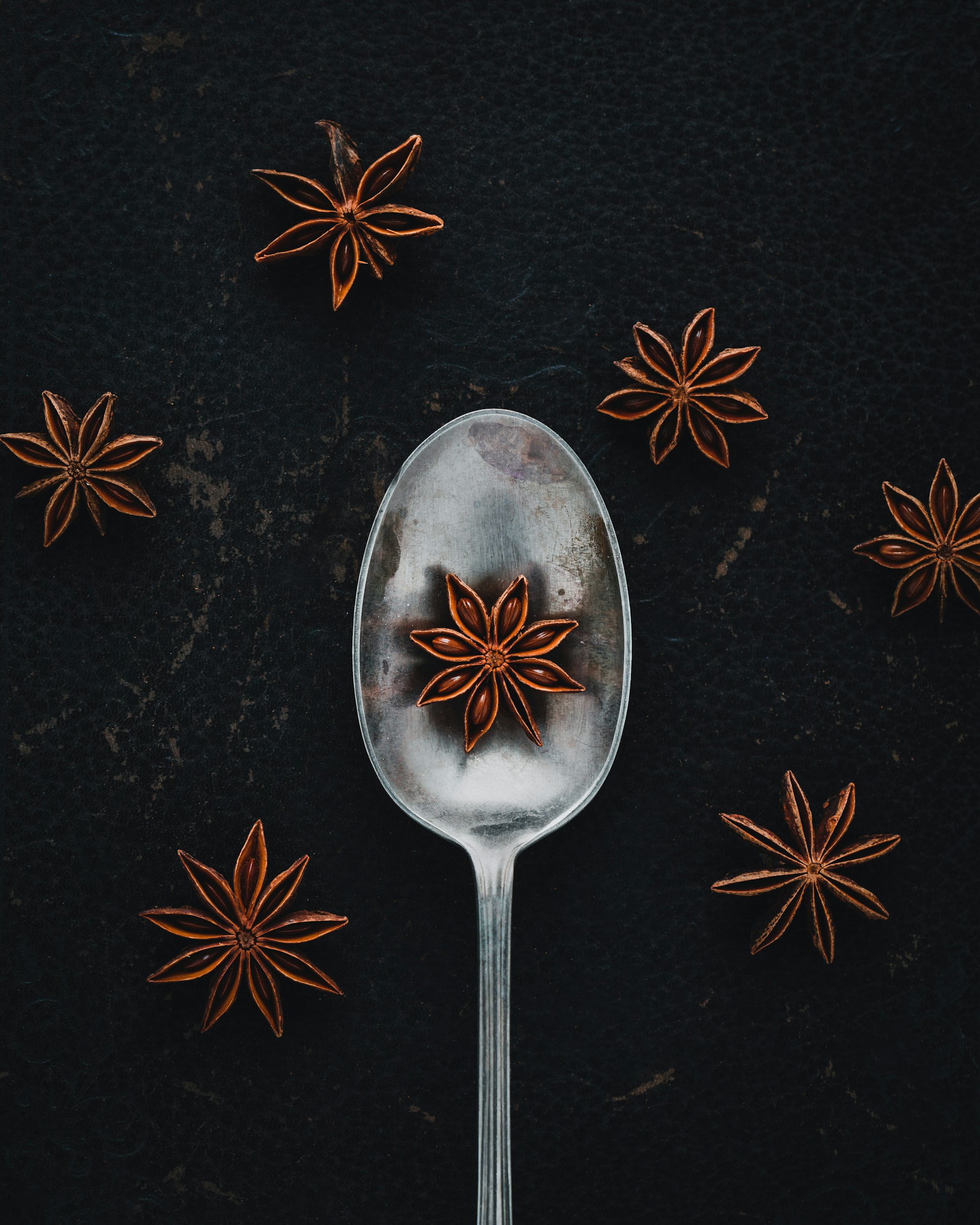
Shikimic Acid & Suramin
If you watched the movie Plandemic Part 1, and I highly recommend that you do, you will remember that Dr. Judy Mikovits said the cure for people who got jabbed is something called suramin.
She said, “Suramin” is the antidote to the bioweapons and transmission. You can obtain enough from pine needle tea (pine, spruce, cedar and fir)."
Suramin is a synthetic compound discovered by Bayer in 1916. It's an anti-parasitic drug. (Isn't it fascinating that all the therapeutics doctors have been using to fight C0VID are all anti-parasitic? H-See-Cue, Iv3rm#ctin, and so forth.)
According to this paper, 100 Years of Suramin:
"Suramin is 100 years old and is still being used to treat the first stage of acute human sleeping sickness, caused by Trypanosoma bruceirhodesiense. Suramin is a multifunctional molecule with a wide array of potential applications, from parasitic and viral diseases to cancer, snakebite, and autism."
Suramin is the pharmaceutical version of shikimic acid called shikimate. It’s found in pine, spruce, fir and cedar needles, according to Dr. Mikovits.
Shikimic acid provides antiplatelet-aggregating activity, meaning it helps halt blood clots. (Source)
You can drink pine tea, but you can also drink chai, because star anise also contains shikimic acid.

Benefits of Fennel Seeds & Cardamom
Two more ingredients in chai are fennel and cardamom.
Like star anise, fennel seeds are also a good source of shikimic acid. As I said above, shikimic acid prevents clotting.
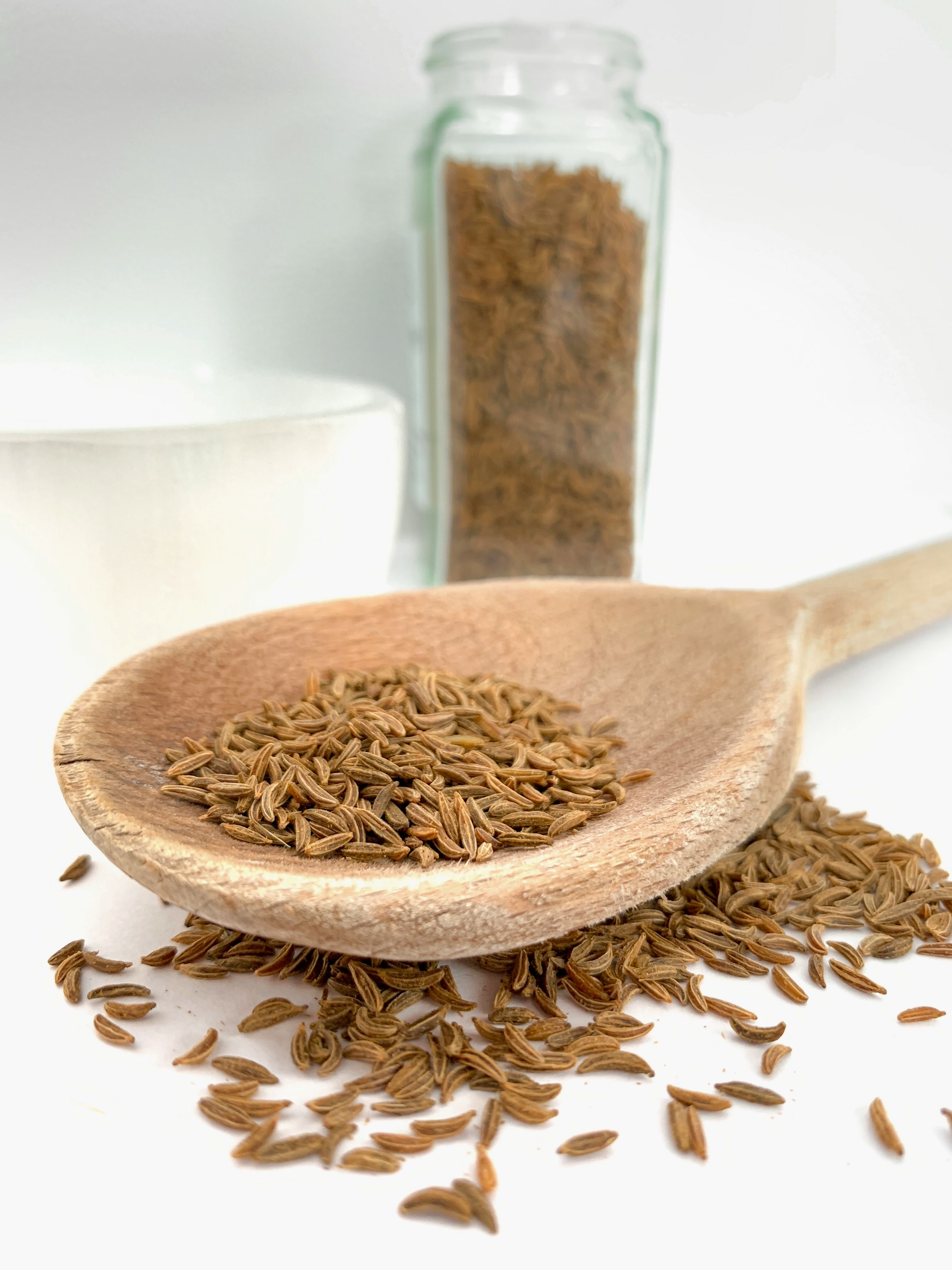
Cardamom is another ingredient in chai. There are many benefits of cardamom, including being cardioprotective (protecting one against heart disease.) See this study.
Benefits of Cinnamon & Cloves
Chai also contains cinnamon and cloves, which are anti-parasitic.
Cloves contain eugonol, which kills parasites.
One of the parasites they found in the quackzine vials was T. cruzi. This was fascinating to me because if you start researching T. cruzi, you can read all about Chagas disease and how it causes heart disease. What have we been seeing with the quackzinated? That's right, heart disease.
Here's one study about T. cruzi and cinnamon, but there are lots of others if you look online.
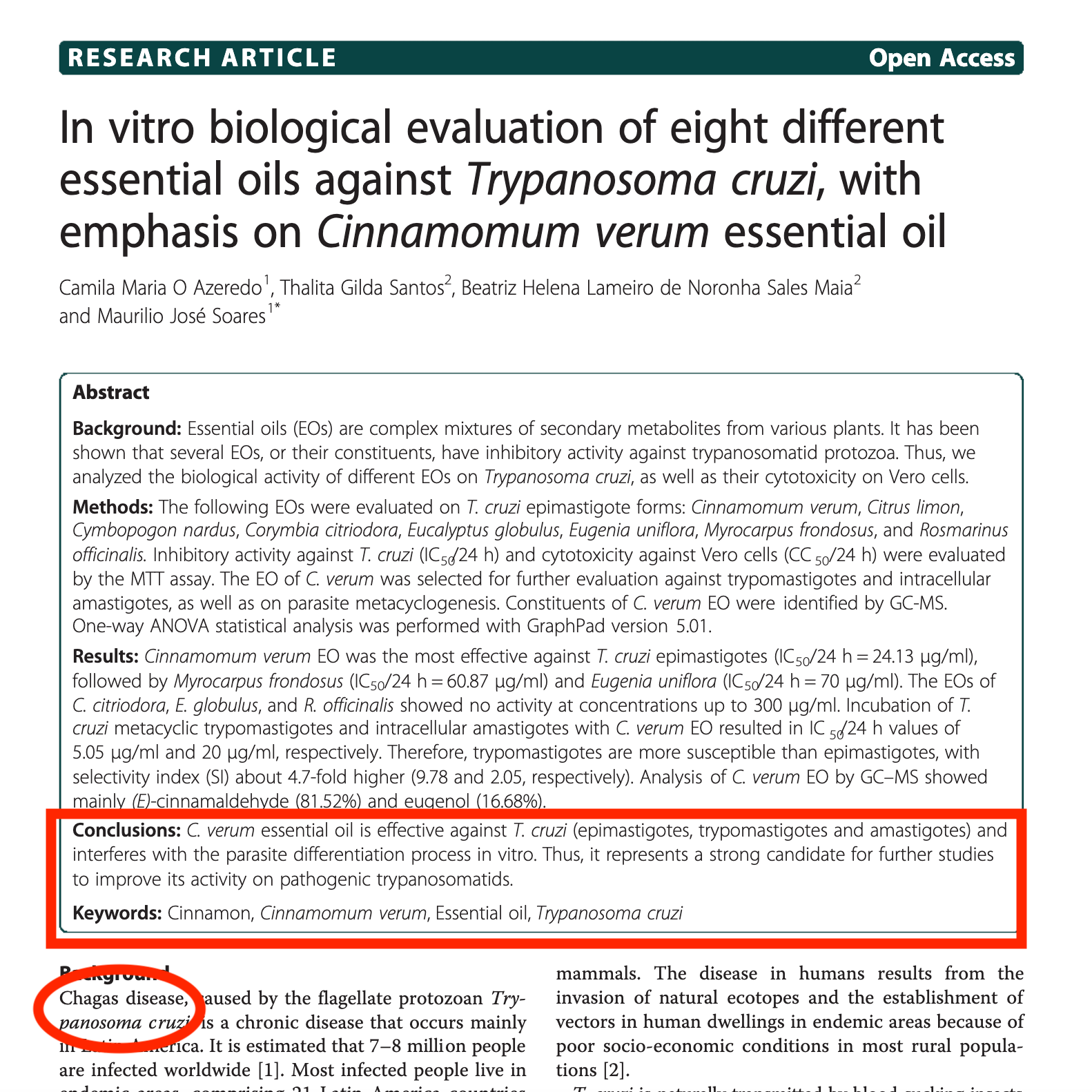
Please note that it is important to use Cinnamomum verum, or True cinnamon, not Cassia cinnamon or Chinese cinnamon.
Benefits of Coconut Milk
I especially like drinking the chai tea with coconut milk. Coconut milk is very good for you because the coconut oil that is in coconut milk is antibacterial and antiviral, and antiparasitic.
I know people who eat coconut oil off the spoon for the health benefits. I cannot bring myself to do that. Gag!
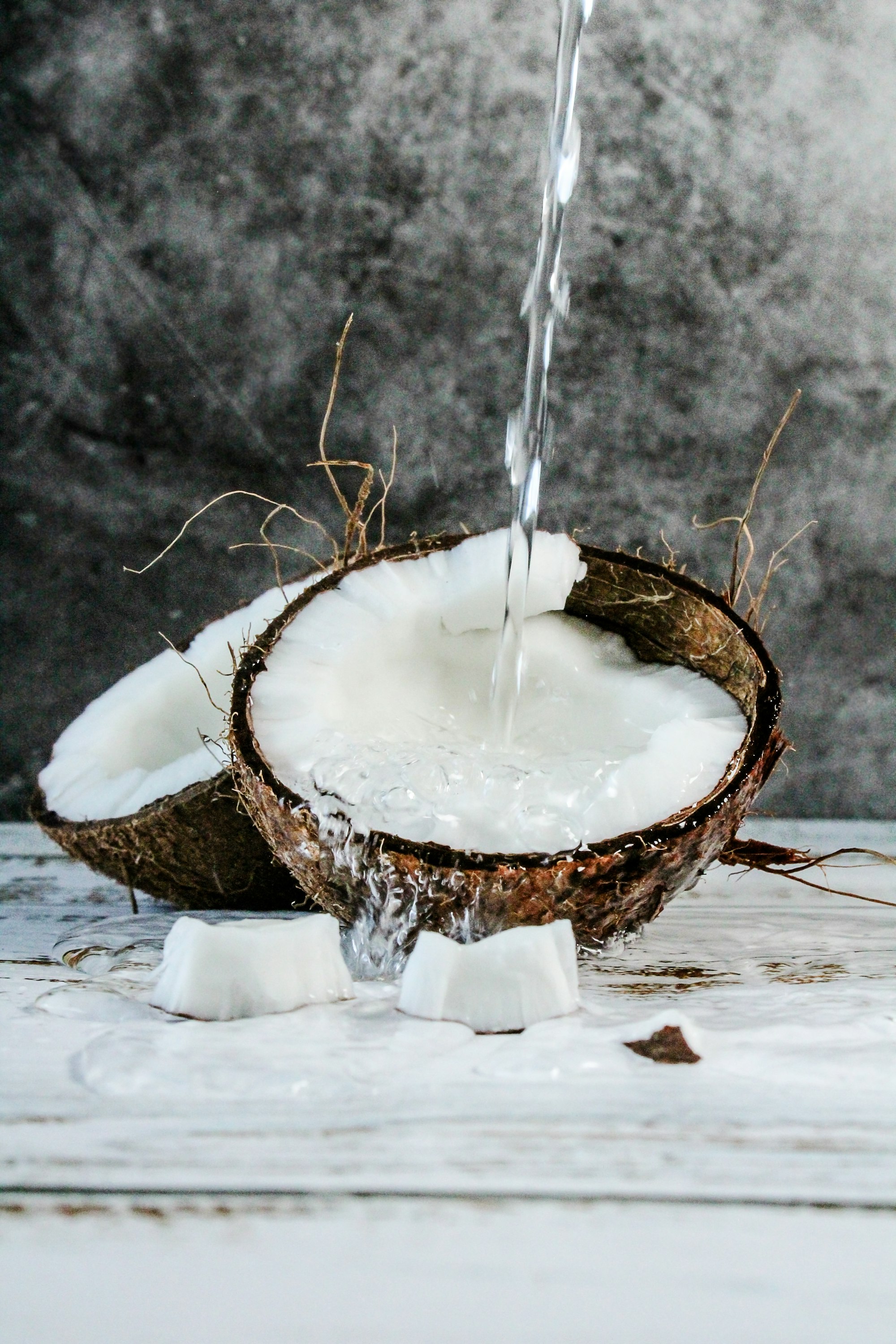
But guess what? Three ounces of coconut milk contains a little over 1 tablespoon of coconut oil. So one cup of chai with coconut milk is the perfect way to consume more coconut oil. I have not found a better way to take my dose of coconut oil than this chai.
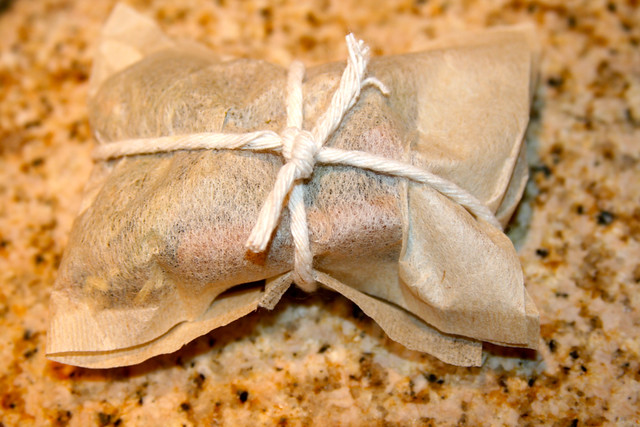
Homemade Chai Recipe
Makes 6-10 cups (you can make more or less depending on how strong you like your tea)
Ingredients
Whole cardamom pods (25)
Freshly ground black pepper (1/2 tsp)
Freshly ground whole nutmeg (1/2 tsp)
Crystalized ginger (4 cubes)
Cinnamon stick (Cinnamomum verum, not Cinnamomum cassia), 2 inches long (1)
Whole cloves (10)
Whole star anise (2)
Fennel seeds (1/2 tsp)
Whole peppercorns (20)
Ground ginger powder (2 pinches)
Cayenne pepper (1/2 tsp)
Filtered water (4 cups)
Black tea or roobios tea, regular or decaffeinated (either 4 black tea bags or 4 tsp loose leaf tea)
Whole milk from grass-fed cows, ideally raw milk, or full-fat coconut milk (to taste)
Honey, ideally raw, or sugar (to taste)
Equipment
Paper tea bags
Kitchen twine (if needed)
Saucepan
Quart mason jar
Directions
1. Smash the cardamom pods with the back of a knife or using a mortar and pestle.
2. Grind the pepper and grate the nutmeg.
3. Chop up the crystallized ginger.
4. Add all the spice ingredients — everything except the tea, filtered water, milk and honey — to a paper tea bag.
5. If your paper tea bags don't have strings, cut a 10- to 12-inch piece of kitchen twine and use it to tie the homemade tea bag closed.
6. Fill a saucepan with 4 cups of filtered water and bring to a boil.
7. Add the homemade tea bag and the 4 black tea (or roobios) bags to the saucepan.
8. Turn off the heat and let steep for 5 minutes.
9. Remove the black tea/roobios tea bags (if you leave them it will become very bitter).
10. Leave the homemade chai tea bag in the water and let steep for 24-36 hours — or simmer on low for 20-30 minutes.
11. When it’s done steeping, just remove the chai tea bag and store the chai concentrate in the fridge.
12. When you’re ready to make a cup of tea, pour half a cup’s worth of the chai blend into a small saucepan. Turn the heat on medium-high and let it get nice and hot.
13. Add honey or sugar to taste; stir until blended.
14. Add the coconut milk and stir until blended.
15. Pour into a cup or mug and enjoy.
Note: The chai base will keep in the fridge for a week or two. I guarantee it won’t stay in there that long, though!
Like this recipe? Sign up for my free email updates.
Pin This Recipe
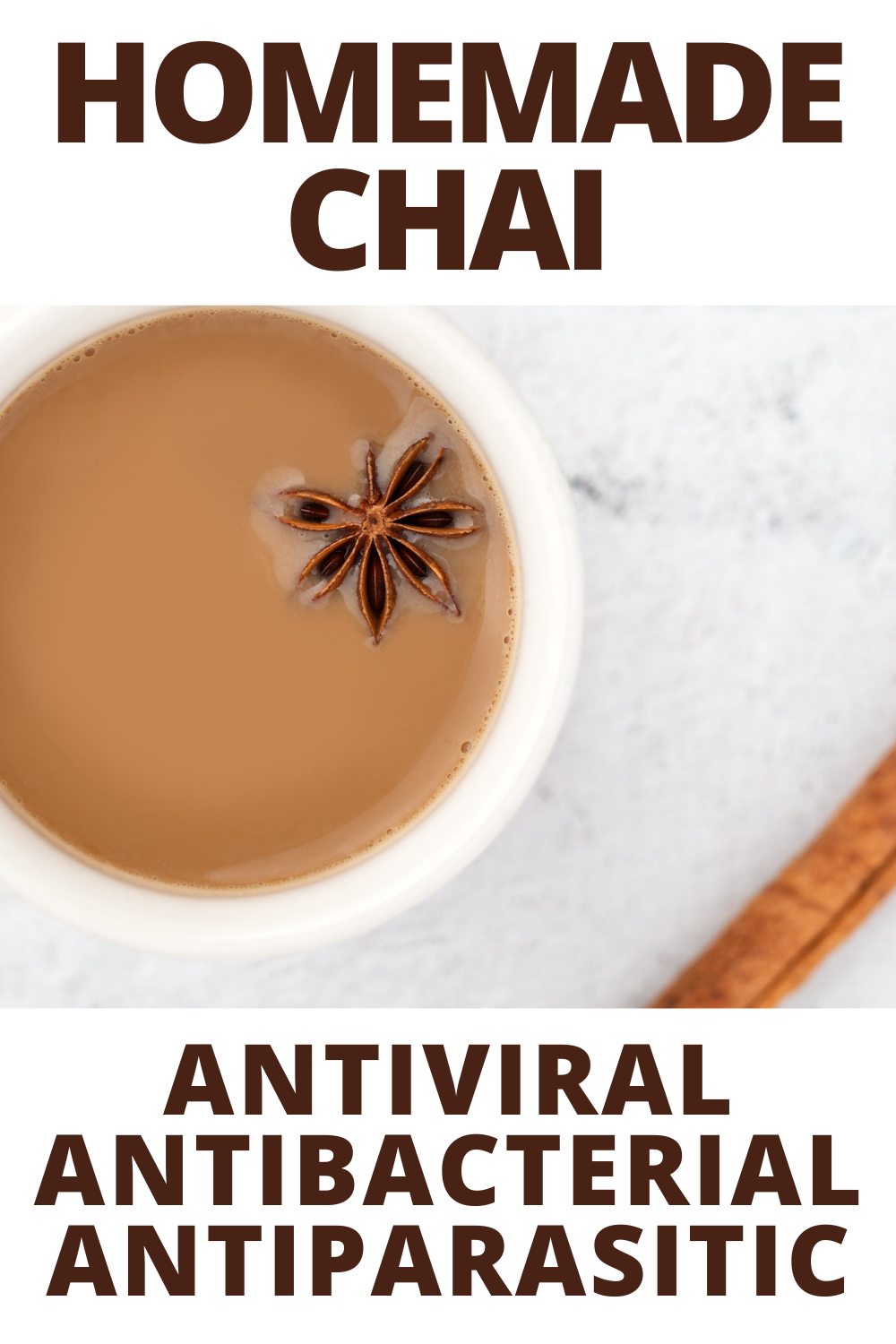

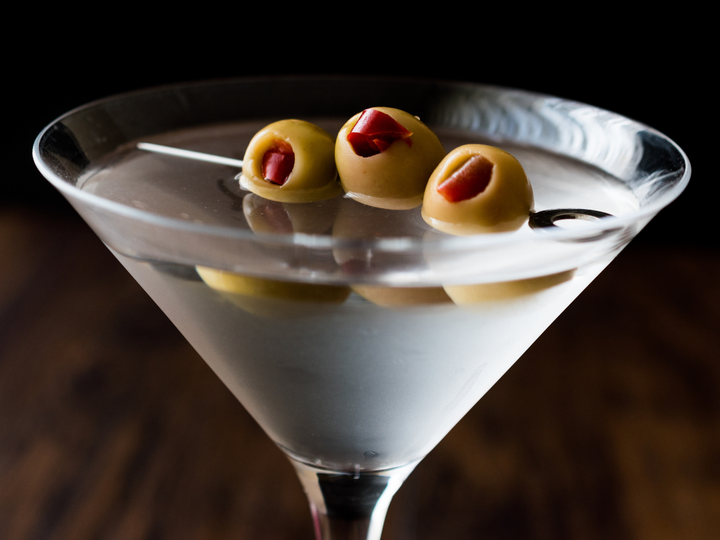
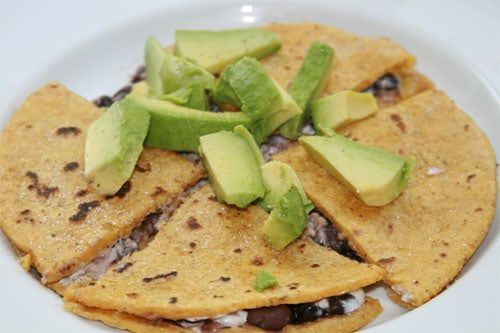
Comments ()